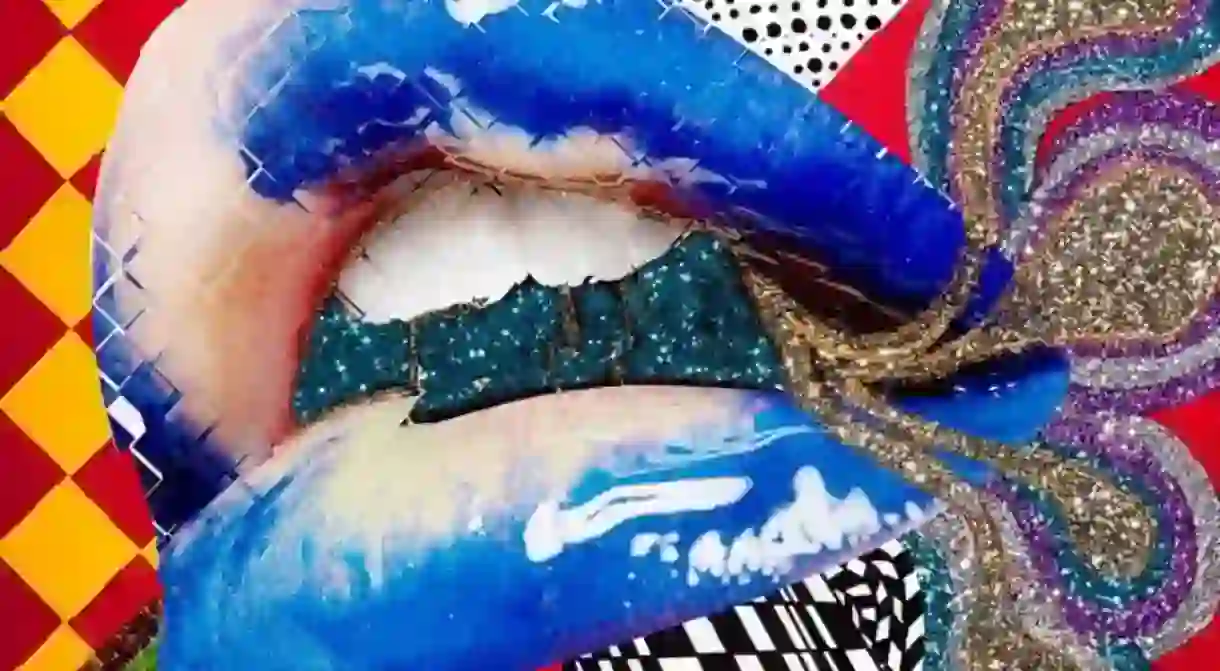How Creatives Are Transforming Brooklyn

While NYC is losing many of its great bookstores, diners, and old-school dives, there’s one hope for creatives on the horizon: new art spaces.

Tucked away behind its pretentious, newly-commercialized step-sister Williamsburg, Bushwick is becoming the new haven for creatives and young professionals. If Nico’s Chelsea Girls was written today, it would probably be re-titled Bushwick Warehouse Girls. Suddenly, all the cool kids are populating the area and they’re not only drawn in by the lower rents, but also the general vibe.
“People are drawn to Bushwick for its gritty urban feel – it’s not the same Duane Reade and Chase bank on every corner like Manhattan,” says Jacob Henderson, a licensed real estate salesperson for Citi Habitats. “The art scene in Bushwick has been growing for quite some time, and precedes the influx in the residential market. Artists have been coming to Bushwick to work and live in the large loft spaces as the area has a concentration of industrial and warehouse infrastructure,” says Henderson. “Many artists carved out living spaces from these industrial buildings themselves, aided by inexpensive rents and the loose legality of these commercially zoned spaces – much like in SoHo in the 1970s.”

But just like the shifting aura of Manhattan’s once classically artistic neighborhoods, one can expect this authentic vibe to be short-lived as well: “This pattern has happened many times throughout the city – as more and more transplants move in, the area loses some of its edge – it’s inevitable.” It seems this artistic phoenix may burn itself into a cookie-cutter monopoly of monotony…eventually.
We’ve seen it happen all over New York City. The cooler and more desirable a neighborhood gets, the un-cooler it will soon be. The confluence of creatives in any given area denotes both its rise and fall; while the arts scene tends to foster community-building and positive growth, greedy developers looking to capitalize on the newly-gentrified areas are sure to follow suit. While the general “desirability” of a neighborhood increases, the artistic, bohemian, community-centric vibe gets sucked away, leaving behind an ectoplasm of its former self. When NYC hands you something halfway decent, don’t expect it to last – this city seems to love to sadistically say, “Just kidding!” and skirt away in the cab you just hailed. That’s all part of its charm, right?

BedStuy is also seeing an influx of young professionals and creatives who flock to the area for the same reasons: lower rent, gritty industrial vibes, and a sense of artistic community. And just like Bushwick, there is a downside: “What’s harrowing is those very people and cultures are becoming scarce in such an aggressive market where developers are combing the streets with cash. It’s great for real estate but [it] will be the downfall of what makes BedStuy so fly,” says BedStuy resident and licensed broker for Compass, Kim Hill. The inevitability of gentrification and transformation in NYC is all too common, but there’s no one to specifically blame or praise besides the heavy hand of capitalism itself. Unless you’re one of the few native New Yorkers who can spout their family lineage dating back to 1861, you’ve most likely helped facilitate “gentrification” in some form, consciously or otherwise. The issue is far more complex than shifting territorial lines, but the subsequent effect on cultural climates and social values cannot be overlooked.
While Bushwick is still a relatively large neighborhood, it does not have a designated “art district” where one can go gallery-hopping in the traditional sense. Maybe that’s all part of the charm. 56 Bogart is the closest to a gallery-hopping experience, as a converted warehouse with several art studios housed under one roof. During Bushwick Open Studios, 56 Bogart and neighboring art spaces become a central hub of frenetic artistic energy for three days. However, with rising rents and a new air of exclusivity in Bushwick (yes, really), there’s always a chance of not only marginalizing and dismissing certain artists, but running them out of town all together. Secret Project Robot, a small artist-run gallery in the neighborhood, has to temporarily shut its doors in September due to the drastic rise in rents, but hopes to relocate by December. Sadly, that tale is also all too common.

How these art spaces take shape and become a brick and mortar reality is an another interesting aspect to the flux. Kush Malik, co-founder at World Money Gallery and real estate investor, noticed a 600 square foot commercial space open up in Bushwick last year. Luckily, the owner had the intention of renting the space to the “right type of responsible creative,” rather than yet another bank or clothing franchise. After signing the lease and joining forces with musician Ness and artist Marissa Olney, Malik self-funded over 10k in renovations in order to prime the space as an art gallery.
While new developments and businesses are guiding foot traffic to the gallery, Malik notes the issue of rising rents alongside the potential for further displacement of existing residents to make room for more commercial, cookie-cutter properties in the future. “Bushwick is still very underdeveloped. It’s still kind of untouched and special. But it’s a give and a take. You can’t fight the wave. You have to support it,” he says.

It seems that investors and developers ultimately hold the key to neighborhood authenticity and preservation. After all, they have the money, so they make the decisions. Malik and others hope that Bushwick will continue to evolve through the symbiotic interplay between creatives/artists and philanthropists/investors, and that they can all work together to “create spaces, residencies, provide affordable housing, and give back to the community.” There is, ultimately, an inherent need for investors to become more “art-sensitive,” and for creatives to remain steadfast so that there’s always a place for them.














